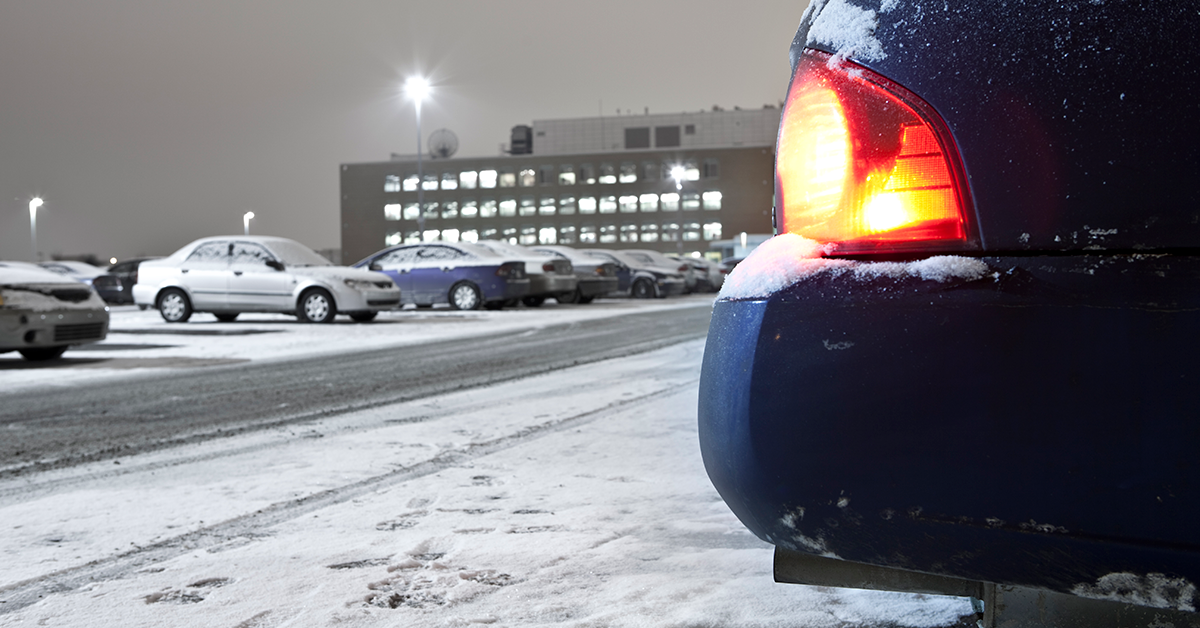Should you let your car warm up in the winter?
Should you let your car warm up in the winter?

Warming up your car in the winter: Is it still necessary? Or is it just something we do to make sure we’re nice and toasty when we get inside?
There’s a common perception that allowing the car’s engine to run for a few minutes in the cold before driving is good for the car’s performance. This is mostly based on outdated information, said Dan Fisher, manager of dispatch for AAA Western and Central New York (WCNY).
“The oil used in modern engines is much less viscous than the oil used in engines of the past. This was the reason warming up engines was recommended 20 years ago,” Fisher said. “Then, you wanted the viscosity of the oil to decrease, so it would lubricate the bearings better.”
On cold days, start the engine and allow it to idle only for the time it takes you to fasten your seat belt. This ensures that lubricating oil gets to all the engine's vital parts. Driving the car normally and avoiding hard acceleration brings the engine to a warmer temperature faster, and reduces wear and exhaust emissions.
Naturally, a little longer idle time is okay in winter while you clear snow and ice from the windshield and other car parts. You’ll also want to give the car enough warm up time to defrost before driving away.
“Waiting until the windshield defrosts is sometimes necessary,” Fisher said. “People may want to wipe that fog off the inside, but it may actually fog up again while you’re driving.”
New York State law prohibits anyone from putting keys in the ignition, starting the car, and leaving the car unattended.
Bryan Jajkowski, battery and ERS external training specialist for AAA WCNY, points out that vehicles equipped with turbo charger engines may need a small warm up window to ensure that there is adequate oil flowing to the turbo assembly. 2023 models with turbochargers include the Volkswagen Jetta, the Jeep Renegade and the Buick Encore GX.
"Also, when shutting these turbo engines down, I would recommend letting the engine idle for a minute or two to help begin the cooling process of the turbo assembly,” Jajkowski said.
More winter car starting advice:
- If possible, park in a garage – a heated garage is even better. This will help retain at least some engine heat longer, and protect the car from icy winds that accelerate heat loss
- Consider installing a 110v heated battery wrap or blanket. Batteries lose significant cranking power when they get cold, so keeping the battery temperature up will aid starting power
- Remember to unplug any engine-heating device before attempting to drive off
- Never run an engine in an enclosed garage; colorless, odorless carbon monoxide gas in the exhaust is deadly
- Never use any type of open flame (camp stove, blow torch, etc.) to warm an engine
Be sure that your car will start all winter with a reliable battery installed by AAA. AAA Mobile Battery Service will come to your home or office, test your battery, and – if necessary – replace it right there on the spot. Request a test today!












